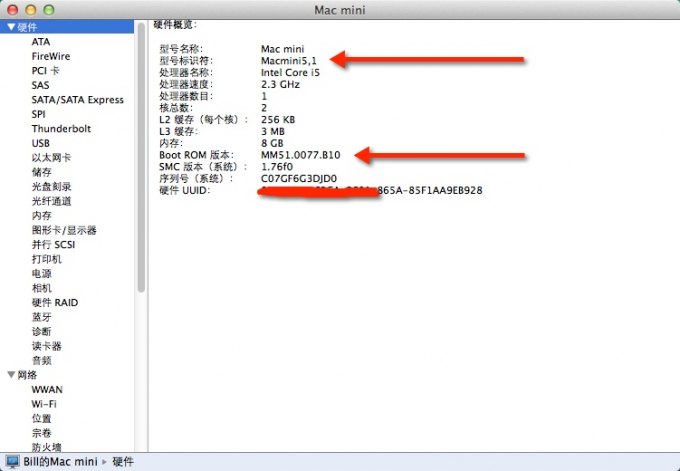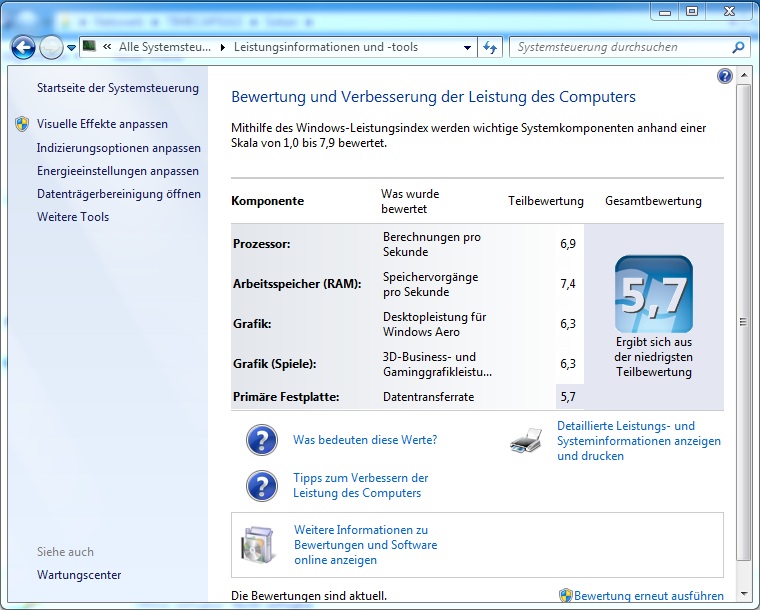

- #Bootcamp for mac os x 10.3.9 install
- #Bootcamp for mac os x 10.3.9 upgrade
- #Bootcamp for mac os x 10.3.9 Pc
- #Bootcamp for mac os x 10.3.9 windows 7
- #Bootcamp for mac os x 10.3.9 professional
Windows 7 will begin to install, during the installation your system will reboot, when this happens, you’ll need to remove the Windows 7 DVD.ġ1. With the Windows 7 DVD removed, your Mac will automatically boot back into Windows 7, and the installation will continue. Note: (The new partition will not contain any files).ġ0. With the BOOTCAMP volume still selected, click Format.ĩ. Click OK when notified that files will be lost.
#Bootcamp for mac os x 10.3.9 install
You’ll be prompted with a window asking which partition you want to install Windows on. Once the partition is created, you will have a new BOOTCAMP drive icon on your desktop.Ħ. Next, insert your Windows 7 DVD and click the Start Installation button.ħ. Your Mac will restart and boot to the Windows 7 DVD.
#Bootcamp for mac os x 10.3.9 professional
Example: Microsoft Office 2010 Professional requires aroud 3GB to install.Ĥ. Once you’ve determined how much space you want to dedicate to Windows 7, click the Partition button, or simply click the Divide Equally button to devide the partitions equally.ĥ. a good starting point might be to set the size 40GB or more (depending on the number of applications you plan to install). Note: Windows 7 requires at least 16 GB of hard drive space to install but keep in mind that the this space will also need to accomidate any applications installed and your saved documents.

To change the amount of space to dedicate to Windows 7, click the small divider between Mac OS X and Windows, and drag it to the left. Click Continue on the initial introduction window.ģ. Set the partition size for the Windows installation. Open Finder and navigate to Applications -> Utilities and double-click Boot Camp Assistant.Ģ. Print this article to use as a reference while installing Windows.ġ.

To install Windows on your Mac using Boot Camp, follow the steps listed below in the order listed:īe sure to back up all your data before following the steps in this article. If you do not have Windows 7 yet, you can purchase it online at the Microsoft Store.Ī Mac OS X Snow Leopard or Mac OS X Lion installation DVDĪ copy of Boot Camp version 3.3 (4.0 for Mac OS X Lion)
#Bootcamp for mac os x 10.3.9 upgrade
See the prerequisites below to see what you’ll need to do this.Īll firmware updates installed on your MacĪ Windows 7 installation DVD with a Product ID (Full version, not an Upgrade version) You’ll have a dual-boot system with your Mac OS on one partition and Windows on another. Using Boot Camp Assistant, you can install Windows 7 on your Intel-based Mac computer in its own partition.

#Bootcamp for mac os x 10.3.9 Pc
Less Summaryįor Mac users who also need to use a PC at work, home or just with specific applications, there is a solution. I've even booted OS 10.4.11, from a USB 2.0 flash drive, on a Mirrored Drive Doors G4, from a USB 2.0 PCI slot card, with no special tricks, Open Firmware modifications, etc.Windows 7 Enterprise Windows 7 Home Basic Windows 7 Home Premium Windows 7 Professional Windows 7 Ultimate More. The first Macs to support USB booting, are the first slot-loading iMacs (including the 350 MHz model with no Firewire ports), and the Firewire Powerbook G3. OS 8.6 - 9.2.2 might need the last of whichever versions of the USB extensions that each of these System versions supports (for OS 9.1 through 9.2.2, USB 1.5.6 is the preferred version OS 9.1 and later don't need the extension "USB Mass Storage Support", especially since it sometimes freezes Macs running OS 9.1 - 9.2.2 that are trying to boot from USB), though other details as to the proper combination and versions of USB extensions under OS 8.6 - 9.2.2 is screwy, and too lengthy to post here, especially since we're dealing with OS X anyway. 1MByte/s).Īccording to this article Mac OS X 10.3.9 - the latest Mac OS X which supports the G3 - unfortunately doesn't provide USB-booting:įurther refinement I just came across in my notes, on the system requirements to boot from Macintosh USB ports: OS 8.6 through 9.2.2, and OS 10.4.3 and later. Building a bootable thumb drive and booting from it may take a while though because of the low bandwidth of USB1.1 (12 MBit/sec ≈ max. You have to remove the internal disk and put it in an external case with UltraATA interface.Īlternatively you may create a bootable thumb drive (MacOS 9.1 or better), boot from it and create an image of your HDD with Disk Copy and save it to a network share. Only FireWire and Thunderbolt support Target Disk Mode.


 0 kommentar(er)
0 kommentar(er)
